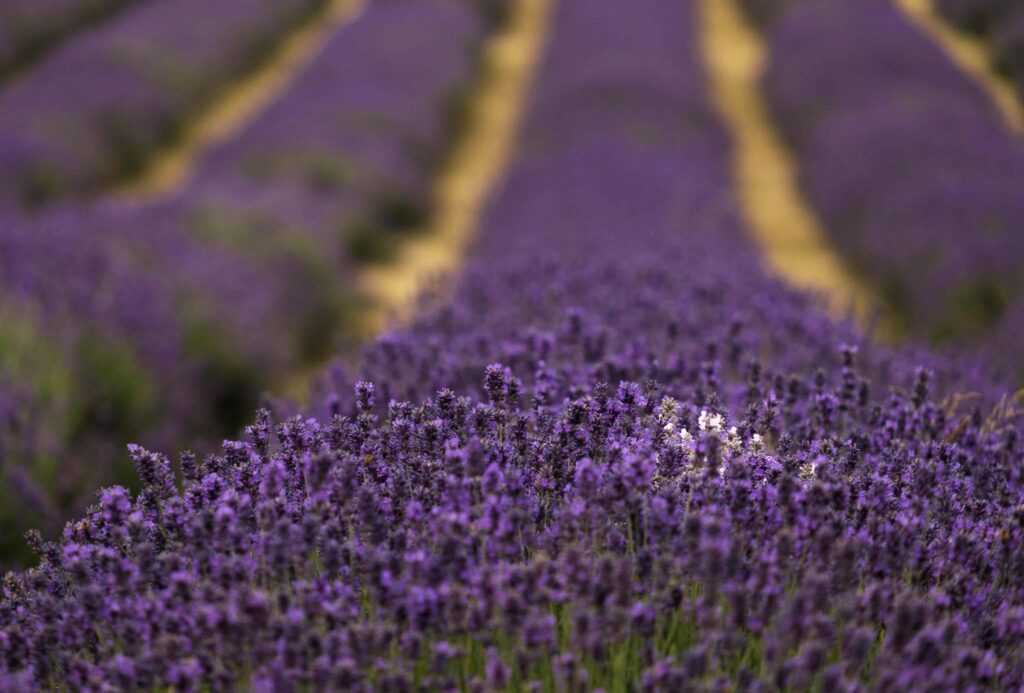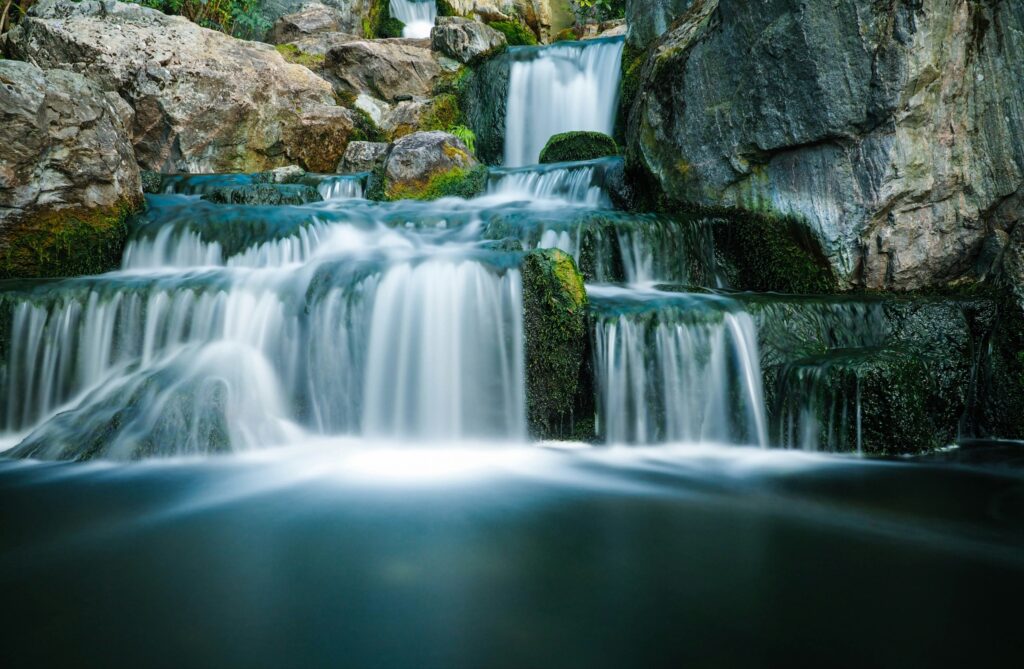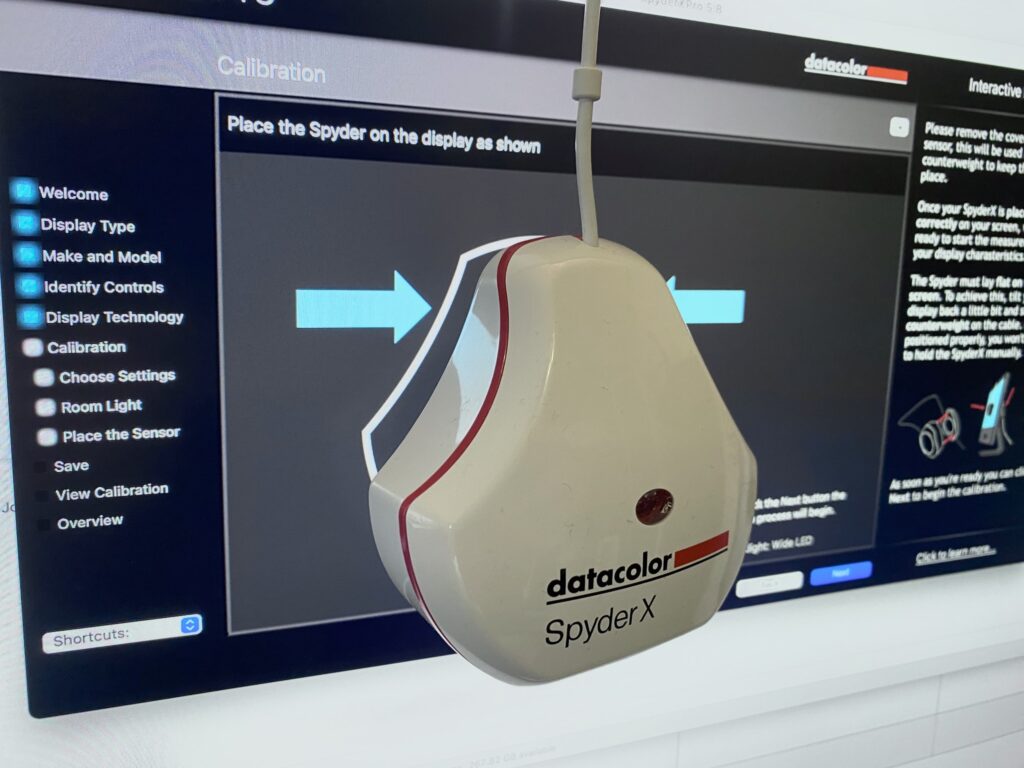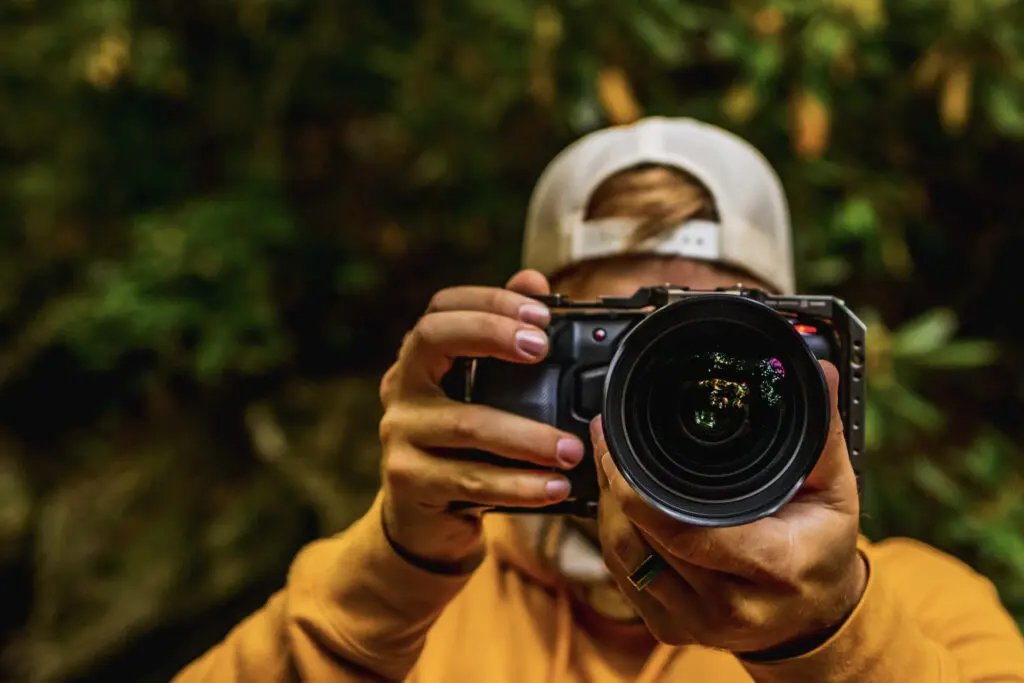When starting their journey, photographers need to understand the fundamentals and practice them to get good results. Rather than relying on auto modes and constantly referring to settings online, knowing what to do and making creative decisions on camera settings is good. In order to achieve that, you need to have a strong knowledge of the fundamentals of photography and practice it so it becomes a habit.
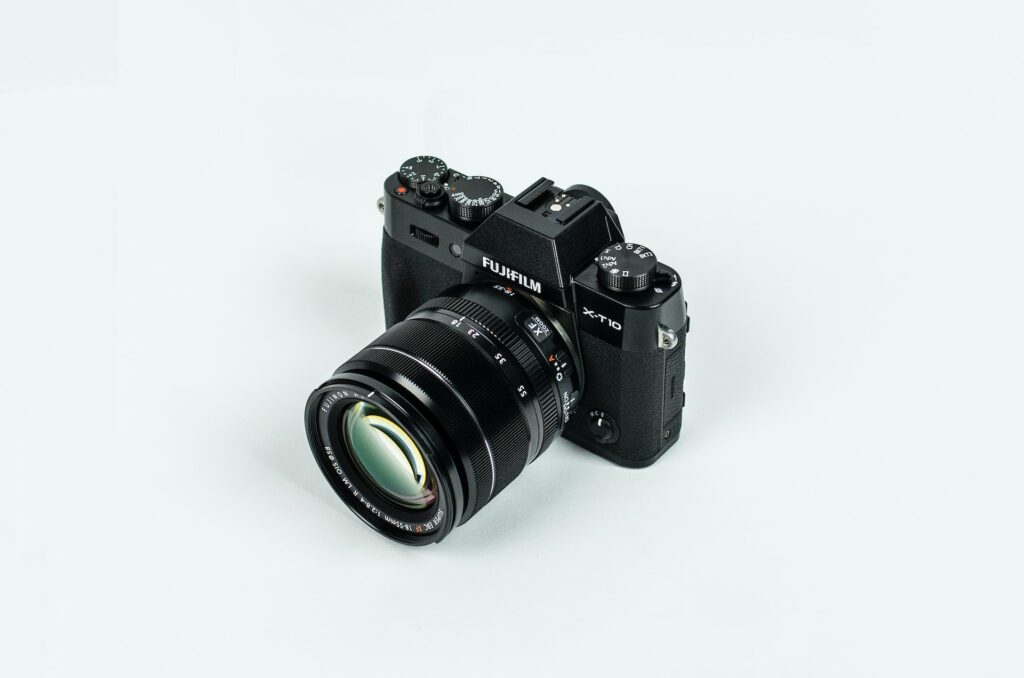
Here are 120 links to cement the fundamentals of photography in your mind.
1. Get To Know Your Camera’s Buttons & Dials With Ease – When you have your first camera in hand, you may get confused with the many dials and buttons along with the huge menu set up in the camera. As a new photographer, you should take your time to read the manual in order to understand what each dial, button, and menu are for. Read more about camera buttons and dials in this article.
2. 9 Basic Photography Tips For Absolute Beginners – Here are 9 basic photography tips for beginners to get started with immediately. Learning everything at once is overwhelming, so take it one step at a time, practice, enjoy, ask questions, and immerse yourself. This is the beginning of something truly amazing!
Aperture, Shutter Speed And ISO
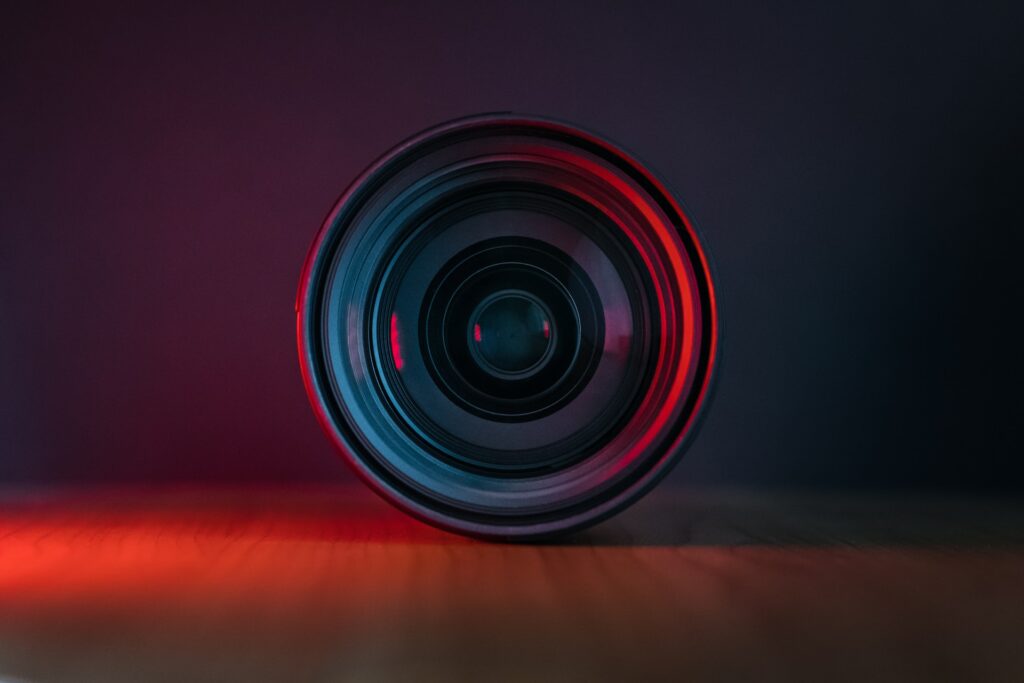
Aperture
3. What Is Aperture: A Beginner’s Guide To Aperture In Photography – The aperture is one of the elements of the exposure triangle, along with ISO and shutter speed. It is one of the controls we learn very early in our exploration of photography. Here is a beginner's guide to aperture.
4. Understanding Aperture Is Important for Any Photographer. Read Why… – As a part of the exposure triangle, Aperture is one of the three elements that affect exposure. Shutter speed and ISO are the other two elements that can make or break a photo. Find out why understanding the aperture is important for photographers.
5. This is What You Need to Know About Camera Aperture – Discussions of creative control and camera settings revolve around the famed exposure triangle: shutter speed, ISO, and aperture. Among these, it is perhaps the aperture that has the most impact on the visual aesthetic of an image; the aperture also tends to be the component of the exposure triangle that new photographers struggle with understanding.
Shutter Speed
6. Getting Started With Shutter Speed: A Beginner’s Guide – In the pyramid of factors affecting exposure, one of the core elements is shutter speed. Each factor comes with its idiosyncrasies, and shutter speed is no exception. Just as the ISO and aperture can make or break a photo, shutter speed is essential to the resulting image. Here is a beginner's guide to shutter speed.
7. How Shutter Speed Affects What You Photograph – A few shoots down the line, when you compare your images to those of your peers, there is the sudden, scary realization that there is a lot to learn about this photography malarkey. Chief among those is the exposure triangle, the invisible but vital bond between shutter speed, aperture, and ISO. Find out what the shutter speed does to your shots.
8. How To Use Slow Shutter Speed to Create Cool Effects in Your Photos – If one setting inside your camera allows for photographing a wide range of amazing effects, it has to be the shutter speed. From freezing action using a fast shutter speed to capturing motion using a slow shutter speed, it provides numerous possibilities to explore. Here are some examples that show how you can creatively use slow shutter speed to produce amazing effects in your photographs.
ISO
9. What Is ISO In Photography? – ISO can be confusing, especially to everyone just starting out in photography. To put it simply, the ISO setting in your camera affects how sensitive the sensor is to light. So, learn more about ISO in photography in this article!
10. Getting Started With ISO: A Beginner’s Guide – ISO is one of the three critical elements affecting exposure along with shutter speed and aperture. So, hone in on ISO and how using it deliberately and cleverly can make or break your photo.
11. How To Get Started Using Auto ISO – ISO often ends up being the biggest source of confusion for new photographers. One reason for the confusion is that new photographers are sometimes overwhelmed by all the tech talk that some experienced photographers engage in when discussing ISO. Your camera may have an auto ISO feature, and here’s how to use it.
12. What Is ISO Invariance And When Should You Use It – ISO invariance is an exciting topic in photography. Many photographers have been using this feature and have seen great benefits from it. This can be a confusing term for some photographers; in this article, look at ISO invariance.
Exposure
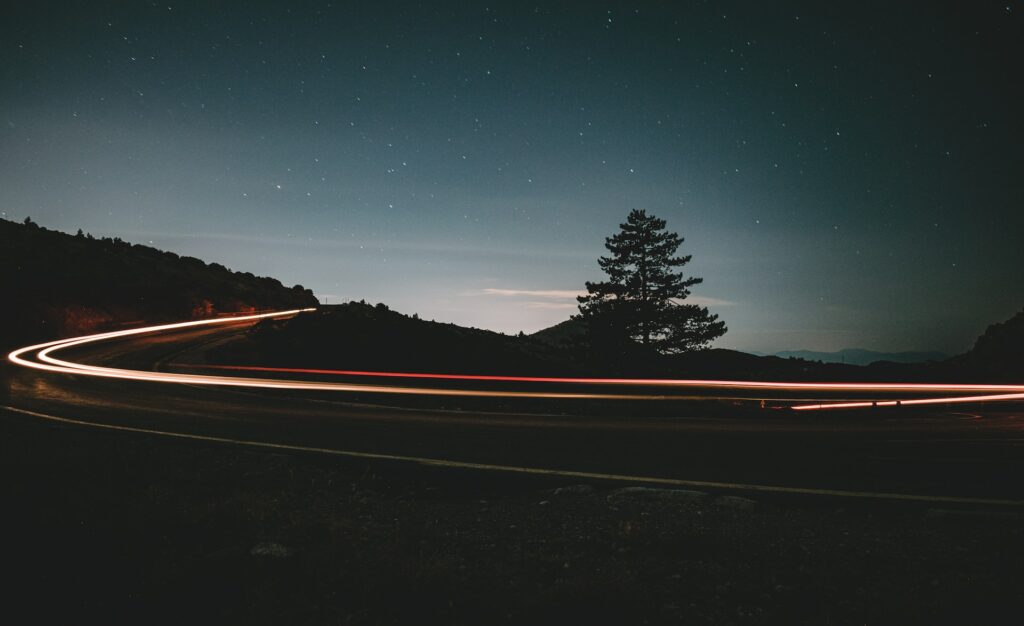
13. What You Need to Know About Exposure Before You Pick Up A Camera – Exposure is the technical aspect that allows you to create a photograph. While it has nothing to do with composition directly, you wouldn't be able to shoot without it. So, read this article to find out what exposure is and why you need to understand it.
14. This is Why Knowing The Exposure Triangle Will Make You A Better Photographer – A few considerations play a crucial role in determining the appearance and exposure of an image. The exposure triangle – the triad of aperture, shutter speed, and ISO – is among the first few technical concepts you must master when taking your photography seriously and wanting to achieve the desired photographs. This post takes a look at the reasons why having an understanding of the exposure triangle can help you grow as a photographer.
15. The Exposure Triangle And How It Affects Your Photos – If you know how the exposure triangle works, then you essentially know the basics of photography for beginners, and you can build your skills with the manual functions of your camera on that solid basis. You need to learn a few facts about aperture, shutter speed, ISO and how they affect one another and your photos.
16. The Rule Of Equivalent Exposure (With Quick Quiz) – In the simplest terms, the rule of equivalent exposure allows you to make the same exposure using different settings for aperture, shutter speed, and ISO. A number of combinations of aperture, shutter speed, and ISO can be used to achieve this equivalent exposure. Read to find more in this article.
17. A Guide To Reciprocity In Photography – Reciprocity is a law in photography that refers to the relationship between the aperture and shutter speed values. The aperture value and shutter speed are inversely proportional, which means if one value increases, the other decreases. Understanding reciprocity can help a photographer master manual mode and create the photographs that they visualize.
Exposure Compensation
18. When and Why Should You Use Exposure Compensation – You have probably heard about exposure compensation, even if you’re an amateur photographer. It allows photographers to override exposure settings picked by the camera’s light meter in order to darken or brighten images before they are captured. Read to find more!
19. Auto Modes And Exposure Compensation – Real photographers use all the tools available to them in order to get the shot. Auto modes can nail the exposure quickly and efficiently 90% of the time; for the other 10% of the time, there is exposure compensation. Look at why, how, and when you should use exposure compensation.
Exposure Bracketing
20. Here Is Why I Exposure Bracket Every Shot – The camera’s meters can be fooled by an excess or lack of light, trying to average what they see. Also, while we might think we have nailed the exposure, it might be off. Bracketing allows us to take our preferred exposure either metered or estimated, and create a range of other identical shots that are over and underexposed. Read to find out more about the advantages of exposure bracketing.
21. Exposure Bracketing: What Every Good Photographer Should Know – No matter how diligently we plan, regardless of how much effort we put forth, there are simply going to be times when the outcome of whatever we are involved with is going to be the exact opposite of what we wanted. When it comes to photography, however, there’s a practical answer to that. Yes, there’s a way to ensure you get good exposure every time, called exposure bracketing.
Depth Of Field
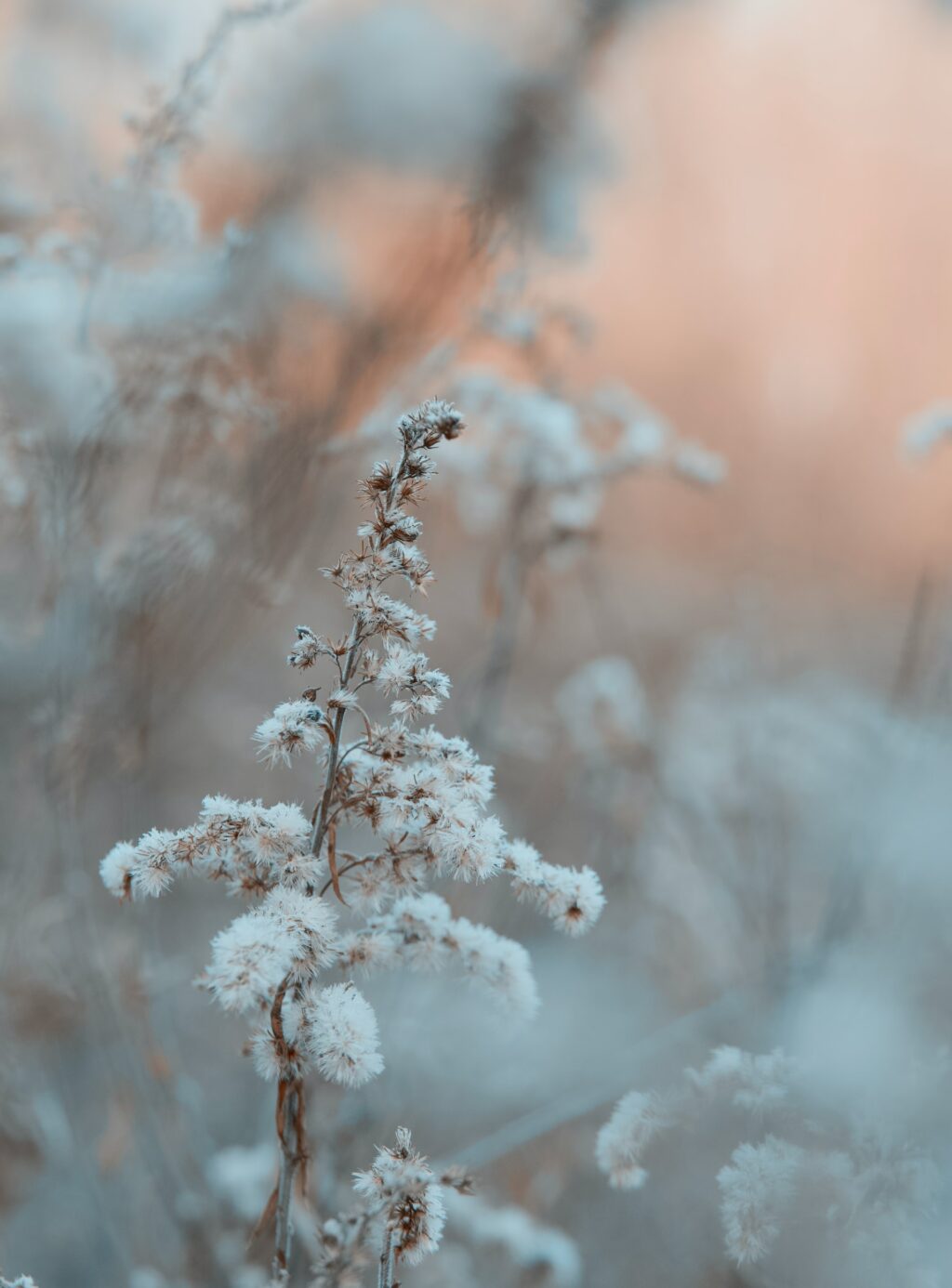
22. Depth Of Field Simplified – Depth of field (DOF) is probably one of the least understood principles of photography. Most photographers seem aware of its existence, but few seem able to define exactly how it works and how to put it to use. Here is a simplified guide.
23. Depth Of Field And How To Use It For Better Photos – One of the most important terms or concepts in photography is Depth of Field (DoF). It is also a great compositional tool. You may get an understanding of what DoF is from the term itself, but do you know what factors affect it? Here is a guide to help you understand the depth of the field in detail so you can apply it in your photography to create better images.
Histogram
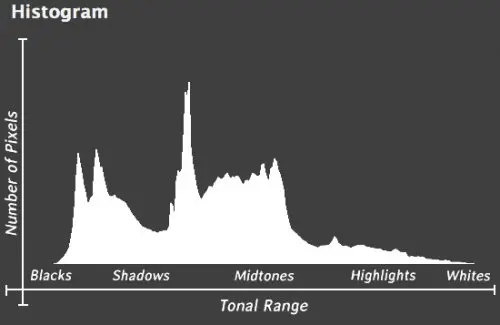
24. Beyond The Limits Of Our Histogram: Pushing The Boundaries For Visual Impact – The histogram is one of the most important tools that our cameras and editing software possess. It gives us an easy-to-read visual representation of the distribution of light through our images. It allows us to control our exposures with a great deal of finesse. Here is how you can create visual impact using histograms.
25. Bite Size Tips: How To Get The Perfect Exposure With A Histogram – The histogram is one of the most useful camera tools that helps evaluate proper exposure and is one of the least understood and used tools. To become a better photographer, you must understand how the histogram works and use it to nail exposures. Here are some tips!
26. You Should Be Reading Histograms Like A Pro – The histogram is the graph you look at when toggling between display view settings on your camera or when opening a RAW file in Lightroom. Knowing how to read a histogram can empower you to trust your images, no matter how they look on your camera's LCD screen. Find out how to read histograms.
White Balance
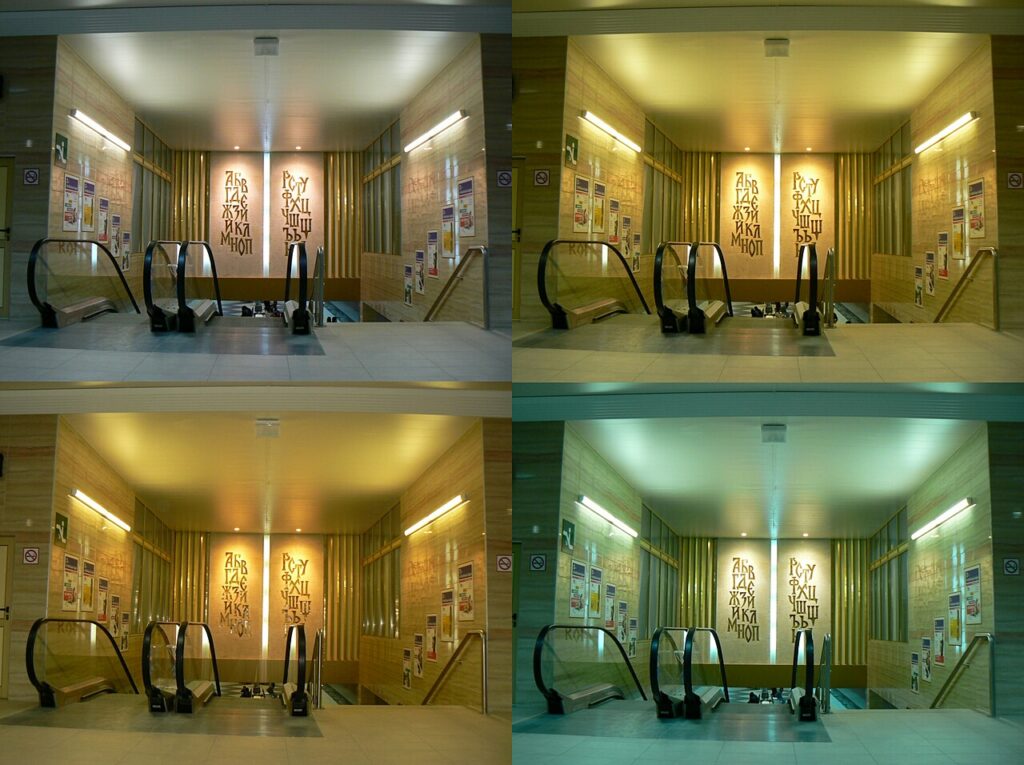
27. How To Set Your White Balance Manually – Most recent cameras, whether DSLRs or mirrorless, come with a feature called white balance that can be set manually depending on the light conditions one is shooting. Some compact cameras may have that feature, too, if they have a manual mode for shooting photographs. Find out how to manually set a custom white balance in your digital camera.
28. How To Adjust White Balance – It is always best advised to get your white balance right in the camera, but there are times when it doesn’t work quite right. In these situations, the white balance can be adjusted while post-processing as long as you shoot raw. Here are a few ways white balance can be adjusted in Lightroom.
29. How To Create Mood In Your Images Just By Adjusting White Balance – The ability to manipulate white balance is perhaps the most important reason you should consider working with RAW files instead of JPEGs. Here is where you can truly appreciate RAW files' power over JPEGs.
30. A Beginner’s Guide To White Balance – Although our eyes do not notice it, light has many different colors depending on the light source, and, in the case of the sun, what the time of day is. Here is a beginner's guide to white balance.
Metering Modes
31. A Basic Introduction To Understanding Metering Modes – Metering modes seem to mystify many new photographers. Understanding metering is a key part of understanding exposure, so let’s look at the basic metering modes and what role each plays in determining exposure.
32. When To Use Matrix & Spot Metering – Matrix (Nikon)/Evaluative (Canon) metering is the standard go-to choice of the metering options. Many photographers select Matrix metering and never use the other spot- and center-weighted metering choices. Read how matrix and spot metering work, along with examples of each.
33. How To Best Utilize The Various Metering Modes In Your Camera – A camera determines exposure by using metering modes. While Matrix metering is typically used and recommended for many settings, spot and center-weighted metering have their rightful places to enhance your images in specific situations. Learn more about the various metering modes.
34. How To Use Metering In Your Photography – Sometimes, it can be quite uncanny how accurate our camera meters are at getting the right exposure. To truly master our cameras, it is important to understand metering, how it works, and what modes we should use. Find out how to use metering in your photography.
Shooting Modes

35. Taking Control Of Auto Modes – There are a few functions on our cameras that allow us to control the automation, handing us back some control but not so much as to take us out of our comfort zones. Let's take a look at some of them.
36. Why Aperture Priority Is The Most Preferred Shooting Mode by Photographers – Aperture priority mode seems to be photographers' most preferred shooting mode. Perhaps it’s because a wide depth of field is such a fascinating technique to explore. Read to find out why aperture priority is the most preferred shooting mode by photographers!
37. A Beginner’s Guide To Using Aperture Priority Mode – Knowing which mode to use for which shooting situation doesn’t have to stress you out. While learning about photography, you can make some basic decisions while shooting in aperture mode. Here is a beginner's guide.
38. Shutter Priority Mode: A Beginner’s Guide – If we look at how an image is made in the camera, there are a few things we have to think about while making that image. We have to think of the available light, the sensitivity of the camera sensor, the amount of light being let in, and the speed at which the camera is able to capture what’s in front of the lens. Read more about shutter priority mode.
39. The Secrets To Understanding Your Camera’s Program Mode – Whilst as a newcomer to photography, you will learn more and quicker by using modes other than the program; you may, in fact, miss shots because you were not using the program. In this article, we want to give you insight into how the Program mode works on your camera.
Autofocus And Manual Focus
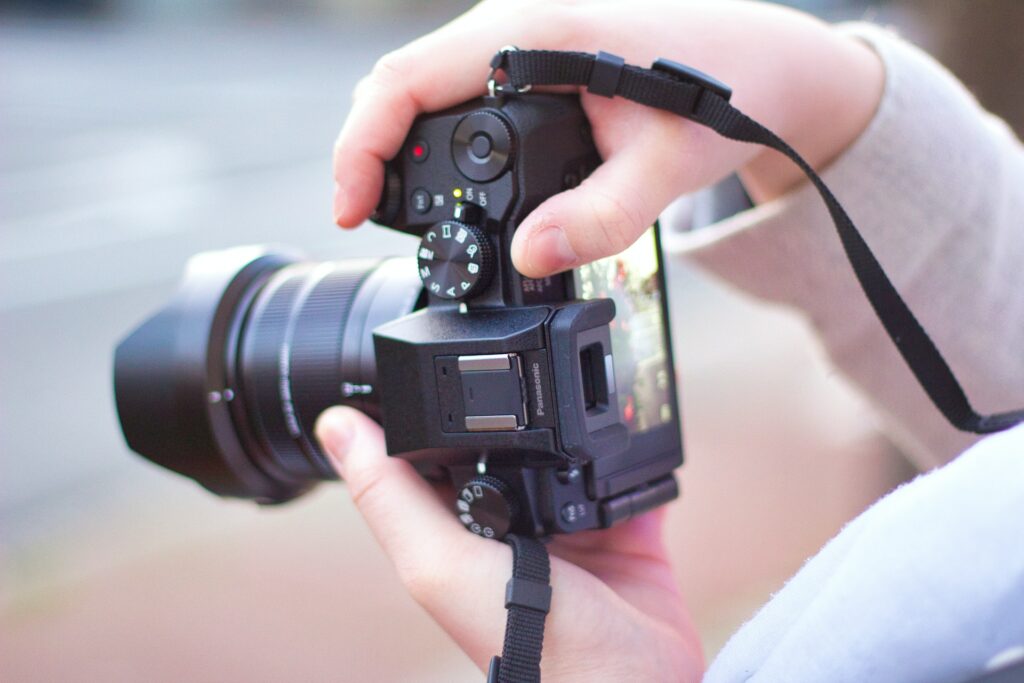
40. What You Need To Know About Your Camera’s Auto Focus System – No one with even a basic understanding of photography would suggest that composition and exposure are unimportant, but neither element means much if your photos aren’t in focus. The viewer needs to know what they are looking at; the subject needs a degree of definition that renders it visually recognizable and conceptually relatable. So, you’ve got to get a handle on the basics of achieving proper focus, and here is what you need to know about autofocus in cameras.
41. 10 Reasons Why You Should Use Manual Focus – Years ago, photographers would observe a scene through their viewfinder and turn the focusing ring slowly to bring the scene into focus. Much has changed since then. These days, all you have to do is point and shoot; the autofocus takes care of your focusing worries. But there are situations where manual focus becomes a safer bet. Here are 10 reasons why you should use manual focus.
Stabilizing Your Camera
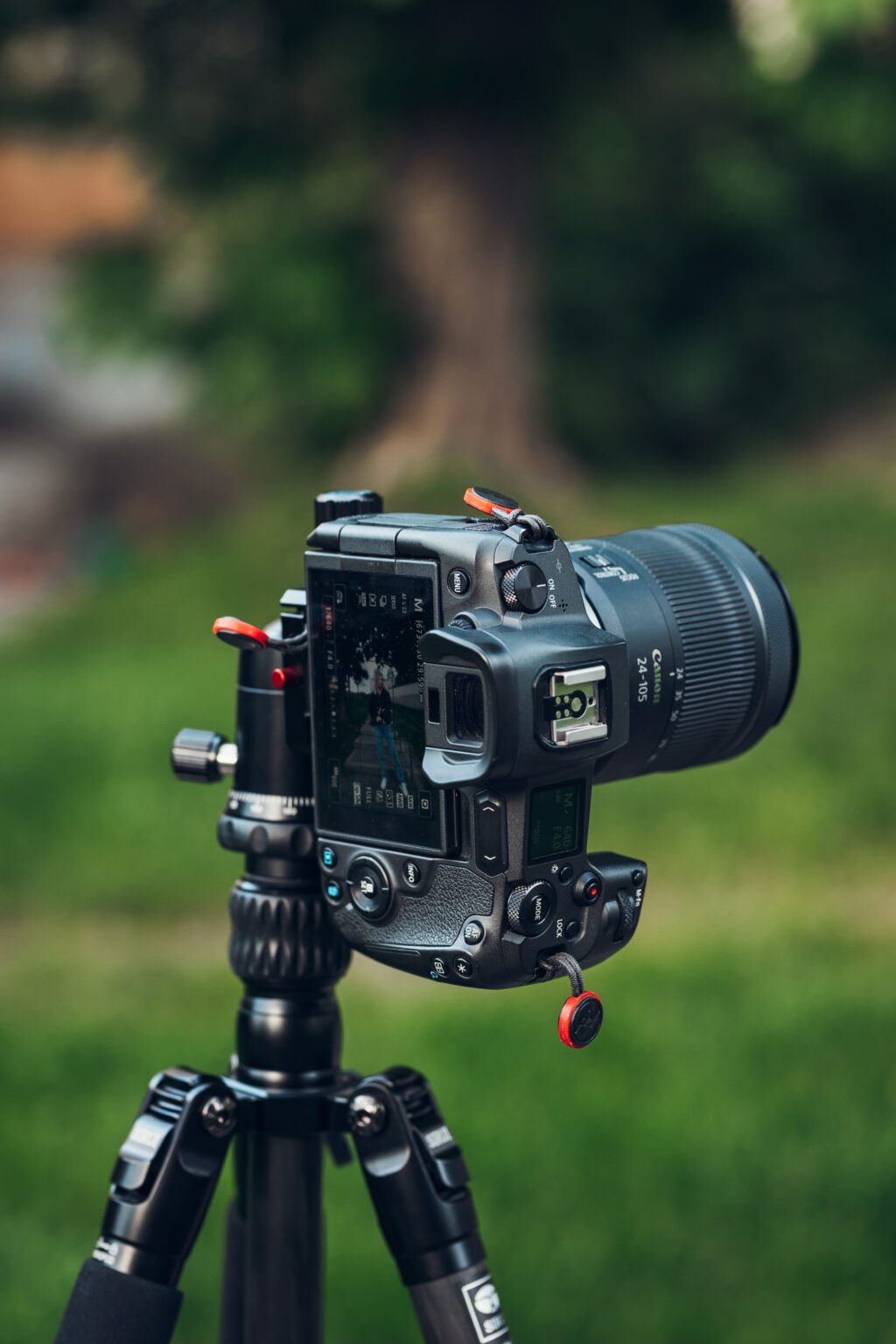
42. Should I Use A Monopod Or Tripod? – Choosing photography gear is all about knowing how you will use it, where, and how often. Choosing a way to stabilize your camera is no different, and in this guide, we cover monopods and tripods and help you choose the right one for your shooting style and situation.
43. 4 Ways To Stabilize Your Camera With Tripod Alternatives – These tripod alternatives will ensure you get blur-free images even when your trusty tripod is tucked away safely at home. See how you can create sharp images whilst out and about using some imagination where otherwise you might have had to take home far less usable shots!
44. Camera Stabilization Options And Why You Might Want To Use A Monopod – Tripods can be heavy, and even when they aren’t, that doesn’t mean you feel like lugging one around with you; furthermore, some venues strictly forbid the use of tripods, so whether you’re okay with carrying and setting one up becomes irrelevant in such cases. This brings us to the monopod and discover why you might want to use one.
45. When And How To Use A Monopod Instead Of A Tripod – A tripod is regarded as pretty much an essential piece of equipment for any photographer, but they have their drawbacks: they are cumbersome, heavy, and sometimes can severely slow down your shooting rate. However, as we all know, the more stable you can keep your camera, the sharper your images will potentially be. Find out when and how to use a monopod instead of a tripod.
46. Bite Size Tips – How And When To Use A Monopod – We know that a good tripod is the best accessory to stabilize the camera, but there are times when a monopod can replace a tripod for ease of use and convenience. Here are some bite-size tips on how and when to use a monopod.
Colors In Photography
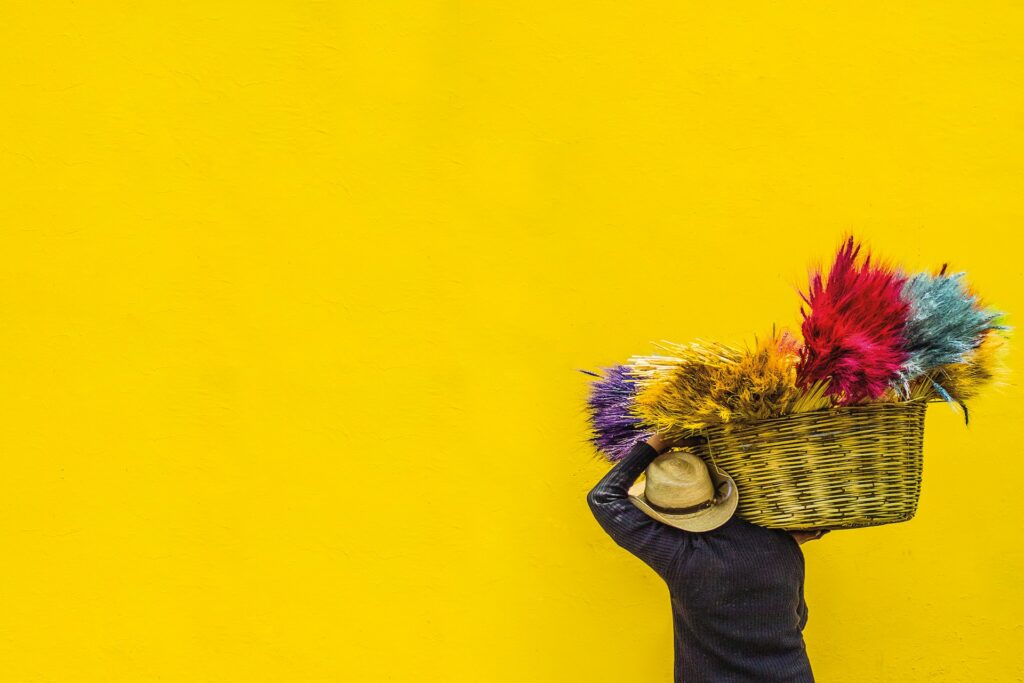
47. Understanding Colors In Photography – Color is fundamental to composition in photography and can enhance our images depending on how we use them. But how do we know which colors work together? Are there any color combinations we should avoid? Read to find out more about colors.
48. 6 Practical Ways to Unlock the Real Power of Colors in Your Photography – Shooting vibrant colors is not the exclusive domain of flower photographers. However, this is a skill that every photographer should be able to tap into whenever necessary. If you seek to bring out the best colors in your images, there are some key points to consider before and after you press the shutter button. Here are some ways!
49. 4 Strategies To Use Color More Effectively In Your Photography – Whether you work in color all the time or occasionally, we're sure you want your images to be as visually impactful as possible. Keep reading to learn four strategies to better use color in your photography.
Understanding Light
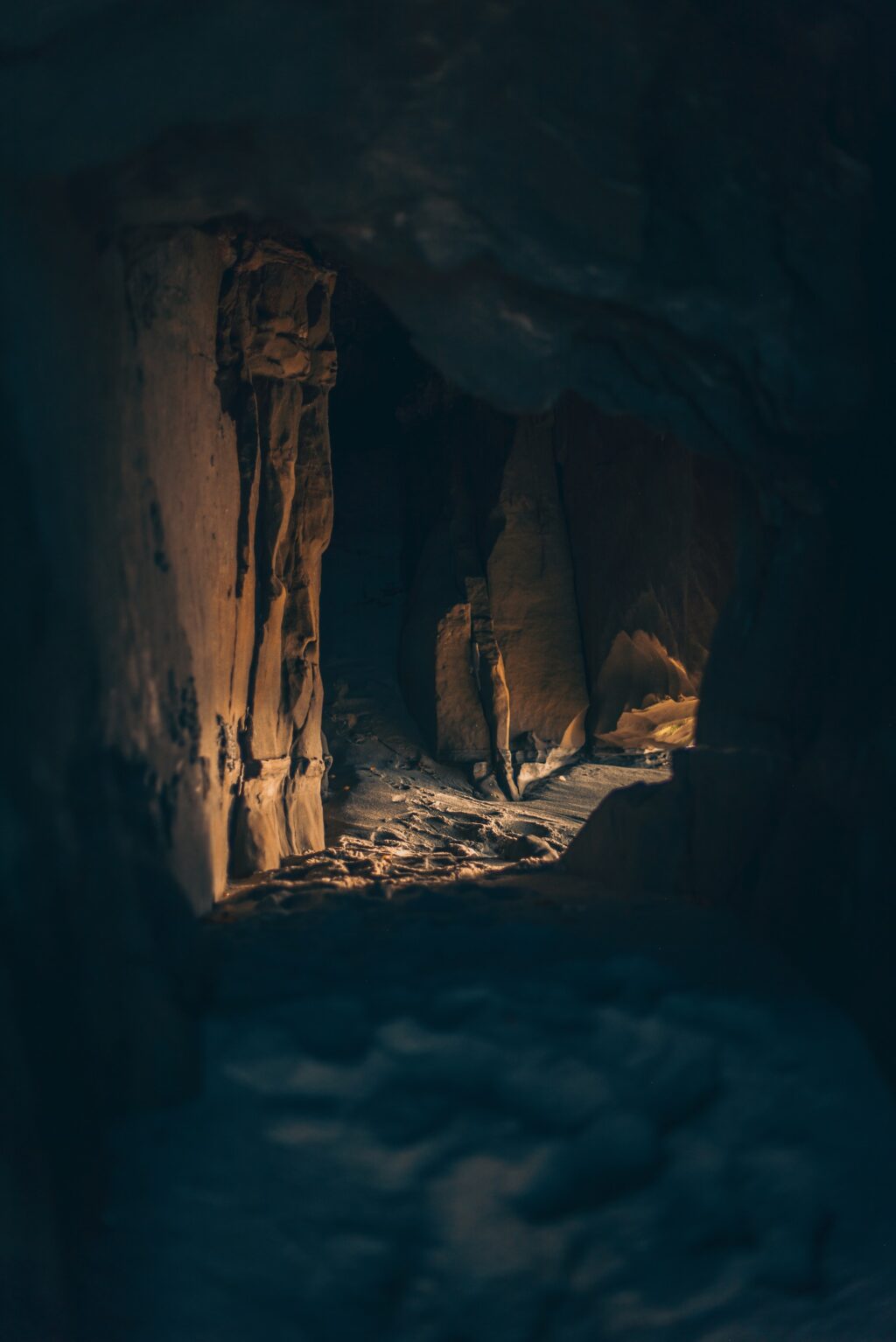
50. Understand The Fundamentals Of Light – A Bite-Sized Guide For Photographers – In order to create beautiful photographs, one needs to understand the fundamentals of light, how it works, and how it can be altered using various means to get the perfect image. Here is a quick guide for photographers.
51. Types Of Lighting in Photography And How To Shoot In Them – Light is the main ingredient in the mix of elements that make an image. Content, composition, and technique will all pale if the light isn’t “right.” But is there a “right” light? It all depends on the photograph you are taking. Read to find more!
52. 4 Great Insider Tips For Using Artificial Lighting In Photography – Photography, like any other discipline, presents constant challenges. This is due to settling into our comfort zones too easily, meaning that you will probably get used to natural light and stick to it as long as you can. This will only last until you get in a situation where you’ll have to use artificial light. Here are some ways to use artificial lighting in photography.
53. Do You Make These Mistakes When Using Backlighting? – Backlighting in photography is just what it sounds like – lighting a subject from the back. It can be used in a variety of different ways, such as a hair light for people, showing transparency with fabrics or glass, or creating stunning silhouettes. Backlighting is a great way to showcase your subjects, but it can lead to poor results if you don't execute it properly. Avoid these mistakes when using backlighting in photography.
54. What Every Photographer Needs to Know About Indoor Lighting Conditions – Light makes photography. OK, a little more than just light, but without the ability to capture, bend, and manipulate light, photography wouldn't exist, and if it did, it would be boring. This article will focus on the trickier subject of indoor lighting.
55. The Ultimate Guide For Mastering Light In Your Photography – In photography, if you do everything ‘by the book’ and lack some experience, you’d think that selective focus is what makes the eye focus on the subject and that light is used to make everything look nice and beautiful. Here is a guide to understanding light in photography.
56. How Not Understanding Light Almost Killed Your Photography – If you understand light, your photography WILL improve. But if you don't, it won't. That is exactly what these TOP TIPS are about. Getting the basics down and being armed with the essentials means you're gonna rock at this!
Filters Used For Photography
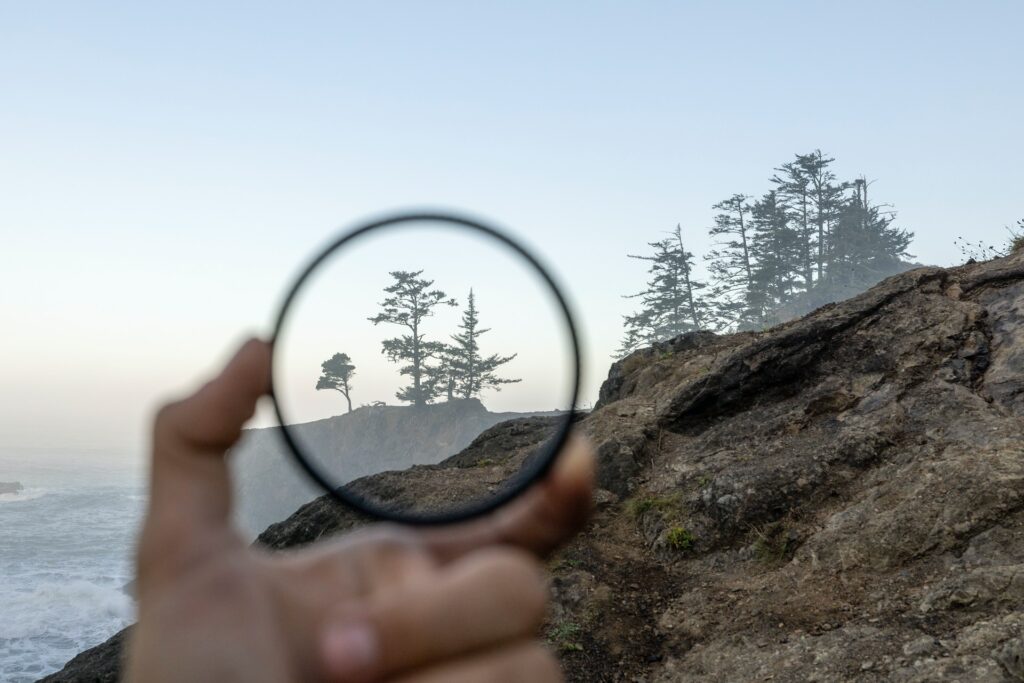
57. How To Use Color Filters For Black And White Photography – Using color filters can help you solve a very common problem in B&W photography. Since certain colors look too similar when converted into greyscale, this can make your B&W photos rather flat and lacking in contrast. If you decide to use color lens filters, you can affect how colors are converted to black and white and make them clearly defined. Find out how to use them.
58. Square Filters v Screw-In Filters – What You Need To Know – There is a good chance that your first introduction to lens filters was an ultraviolet or UV filter. That UV filter would have been a screw-in type of filter, by far the most common but not the only filter we photographers have available. The other is the square filter system, and today we will look at the pros and cons of both types of filter system.
59. Everything You’ve Ever Wanted To Know About Neutral Density Filters – Filters. This is where people have a tendency to overdo it. You don’t need one of every kind of filter in existence. Read to know all about the ND filter.
60. How To Go From Dull To Dramatic Skies – Why You Should Be Using A Graduated Filter – One technique to add drama and interest to your landscapes, of course, is to pursue clouds, but sometimes, even with cloudy skies, your photos could look a little bit flat. What you need are graduated filters. Read to find more.
61. Everything You’ve Ever Wanted To Know About Polarizing Filters – Polarizing filters are used in many situations – eliminate reflections, make colors look rich, etc. In this article, take a look at polarizing filters.
Tips To Become A Better Photographer
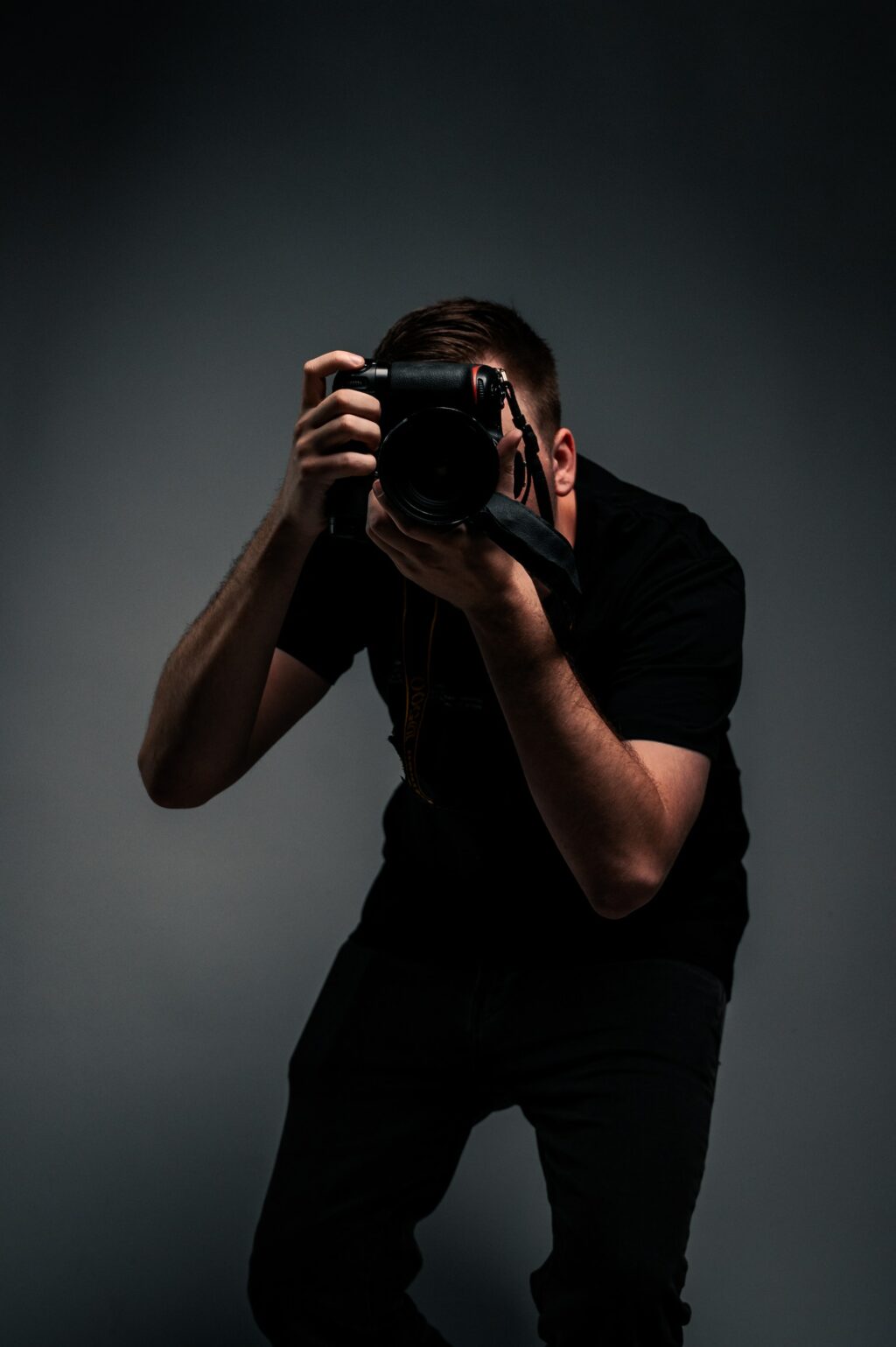
62. 8 Easy Ways To Become A Better Photographer – The mindful photographer should be concerned with acquiring skills and, more importantly, mastering those skills. In this article, you will find a few ideas that will aid you in incorporating new skills into your repertoire as well as further refining existing skills, something that veterans and novices alike can appreciate on some level.
63. 5 Ways To Make Your Photos Pop – While we recommend a dedicated post-processing workflow so you retain complete control over the process and get creative at the same time, there are other methods too that you can try depending on how much time and effort you want to put into it. Let’s look at some ways to make your photos pop!
64. 10 Ways To Improve Your Photography – If you’re like most camera owners who have picked up photography as a hobby and don’t have the luxury of going back to school to learn it, there are some ways you can get better at the craft, fast. These 10 ways will give you opportunities to stretch your skills, hone your talent, and start getting the wow factor in your photos.
65. How To Jumpstart Your Photography With Self Assignments – As photographers who wish to improve our art, we are always looking for opportunities to practice our craft. The problem is our practice sessions are not always very educational. Self-assignments can be a great way to augment your skills, and read to find out how!
66. 3 Common Mistakes Beginner Photographers Need To Put Right – Starting out in photography is all about finding your feet – your style, learning the foundations of photography, and developing from mistakes you've made. These points here aren't in any form to discourage but to highlight some areas you can focus on as a beginner and be aware of.
67. Master These 3 Fundamental Skills For All Round Better Photos – In order to start taking great photos, you should take some time to learn and understand the rules of correct exposure, depth of field, and composition. Here are 3 skills to master for better photos.
68. 15 Things You Should Know Before Pressing The Shutter Button To Take A Photograph – Taking a photograph isn't merely about pressing the shutter button. Aside from the technical considerations like exposure, things like composition and timing are equally important to consider. Here are some things every serious photographer should have an understanding of when it comes to the fundamentals.
69. Four Things You Can Do To Be A Better Photographic Storyteller – Telling a story with pictures is considerably more difficult than many people, both photographers and non-photographers, understand. There’s more to storytelling with photos than simply pointing a camera at a particular moment or event and pressing the shutter. Here are four tips that will help make anyone a better photographic storyteller.
70. 5 Fundamental Elements Of Photography – Creating stunning photographs requires a lot of skill, patience, and time to study the scene, compose, look into technical details, and then make the photograph. A photographer needs to focus on various scene elements and put them together to make a meaningful photograph. Here are the five fundamental elements of photography.
Composition In Photography
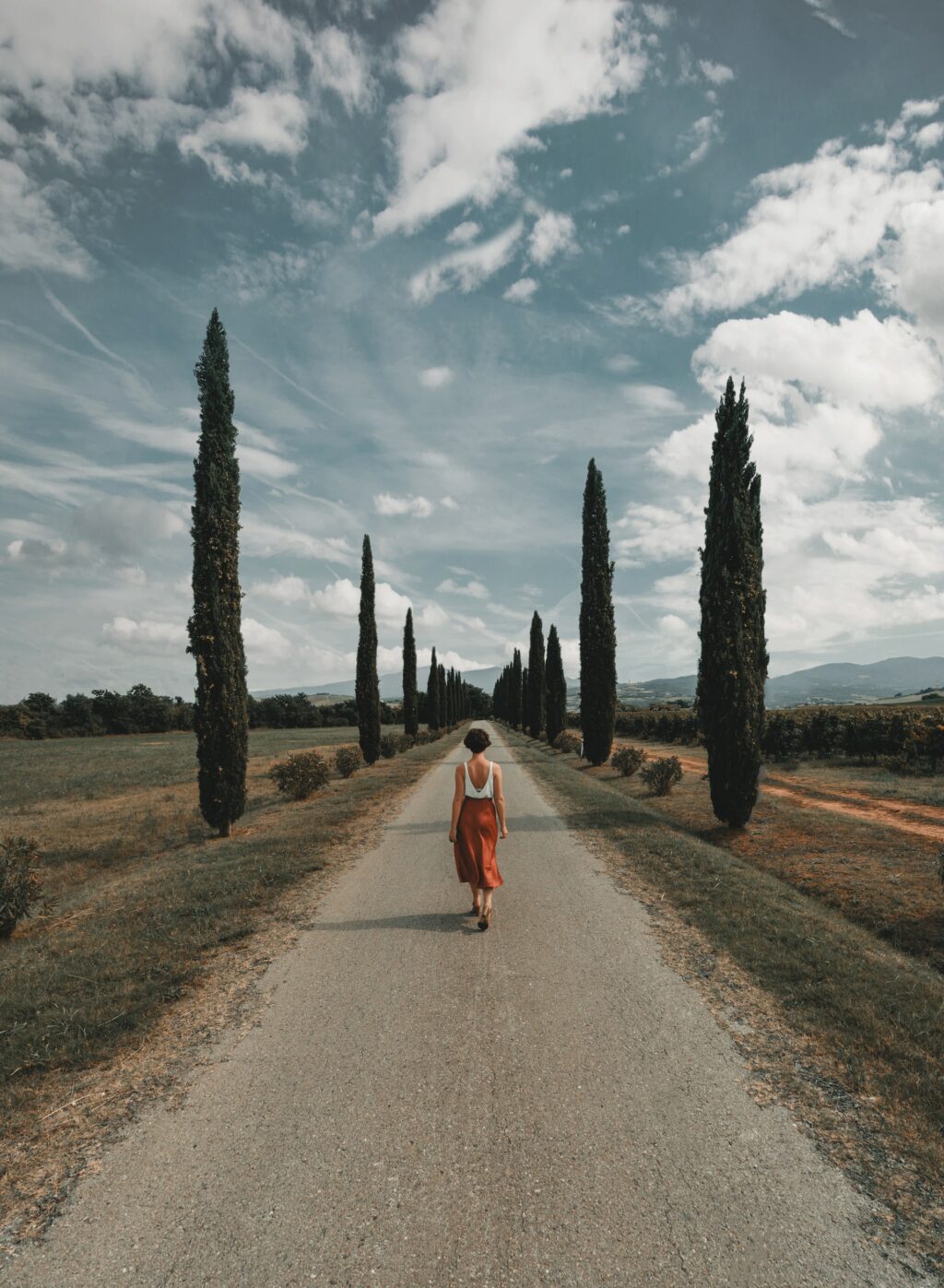
71. Simple Photography Composition Guidelines For Beginners – To most photographers, composition reigns supreme when it comes to the most important component of a good photograph. Of course, individual stylistic choices should always be considered, but the general consensus is that composition is often the make-or-break factor. Here are some guidelines for beginners.
72. Why You Should Begin Your Photography Journey With Composition – Composition could be seen merely as the arrangement of elements that construct a creation, or it could be seen as the very soul of any body of work. Find out why composition matters and why it should be your prime learning concern instead of deciding which camera or lens you should buy.
73. 5 Ways To Break The Rules Of Composition – In photography, there are times when it makes sense to break the rules. No matter how great your photography is, if you always stick to the rules of composition, chances are your photos tend to look too perfect and, hence, a bit boring. In order to get out of a rut and do something more innovative, you can think about breaking some rules that we photographers usually stick to.
74. 5 Typical Composition Mistakes That Crush The Effectiveness Of Your Images – Composition – your photos are merely snapshots without them. Good composition can be hard – for a select few, it might be instinctive, but it is often a challenge for most of us. Look at 5 typical compositional mistakes that crush the effectiveness of your images.
75. How To Use Colour For Creative Composition – Colorful photography brightens our collections, social media, and websites. Our use of color influences emotional responses to our images. Color creates compositional wow – find out how to use it for creative compositions.
76. 3 Core Composition Skills That Every Photographer Needs To Develop – Composition is a huge asset in photography, and a lot has been said about rules and even recipes about composition. But there is something that goes beyond rules and universal laws, and we are talking about core composition skills. Read to find more!
77. Take Your Composition To The Next Level With These 3 Advanced Composition Techniques – If you’ve already learned the basic composition techniques, such as the rule of thirds and proper use of color and contrast, it’s time for you to move on, and acquire new skills when it comes to composition. Here are 3 advanced composition techniques to try.
78. How To Create Amazing Compositions Simply By Using Color – Using color can be amazingly creative. Memorable photographs are all about contrast, so here are some short examples of achieving amazing compositions by contrasting colors.
Landscape Photography

79. Bite Size Tips: The Three Keys To Getting A Sharp Landscape Image – As with any genre of photography, the most common problem that haunts many landscape photographers is how to get sharp images. With some really basic techniques, getting a sharp image is quite simple. Here are some tips.
80. The Best Settings For Landscape Photography Are… – When you spend a bit of time in photography, there will almost certainly come a time when somebody comes up to you and asks you what the best settings are for a particular scenario. So today, we are going to cover a single scenario with the best landscape photography settings.
81. Mountain Landscape Photography: 17 Tips For Epic Shots – Mountain photography requires more understanding of the location and the light than many other genres. That understanding will help you capture amazing mountain shots. So, let’s look at 17 tips for epic mountain landscape photography.
82. How To Calculate And Use Hyperfocal Distance For Better Landscape Photography – One of those “old” photographic principles deemed useful by landscape photographers is that of hyperfocal distance, which can be a confusing one for both beginners and experienced photographers but is one that will help you with taking the sharpest images possible when it comes to photographing landscapes. Find out how to calculate it.
83. 7 Essential Post-Production Tips For Striking Landscape Photography – Now that you’ve captured some beautiful landscapes (hopefully in RAW format for optimal versatility in editing), it’s time to bring them into your post-production software and make some improvements. Confused about where to start? Here is a detailed, but certainly not exclusive, list of popular editing techniques for landscape photography.
Portrait Photography
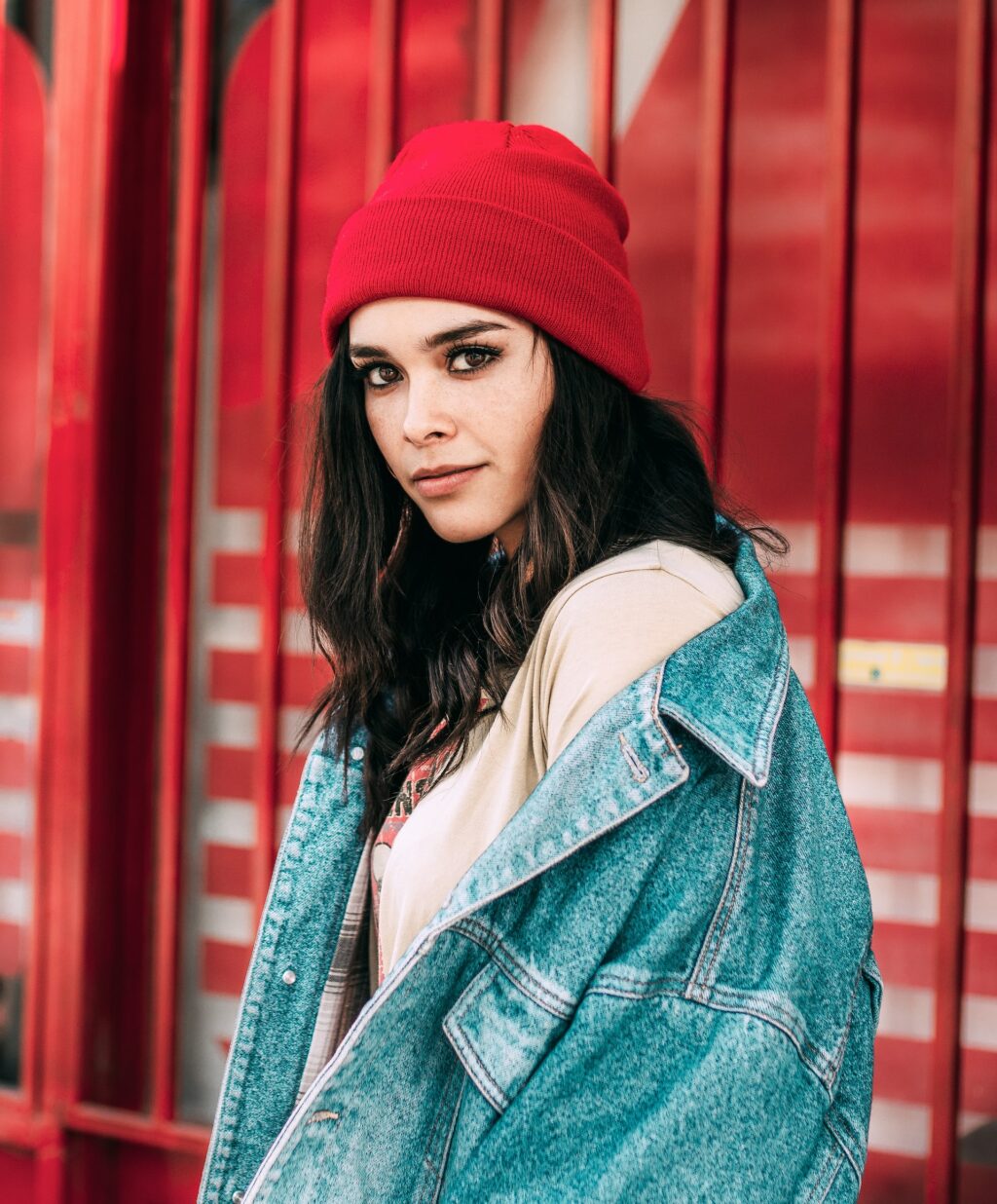
84. The Fundamental Considerations Of Basic Portrait Photography – Portrait photography has been and always will be a huge source of fascination for photographers, but there are quite a few tricks to getting a great portrait. Here, you can look at some of portrait photographers' major considerations when shooting.
85. Portrait Photography Tips You Should Know – Portrait photography tips are essential for any portraitist, no matter the current level of knowledge and skills. Here are some tips you should know.
86. 3 Fundamentals You Should Aim To Get Right In Every Portrait Photograph – When you first pick up a camera, chances are that you are going to spend a lot of time shooting portraits of your family, your friends, your pets, and whoever else you can cajole into sitting still for long enough. But what are the things you should look for in a good portrait? Following these simple tips will take your portrait photography forward quite a leap.
87. 4 Quick Tips To Improve Your Natural Light Portraits – Natural light portrait tips are probably the most sought-after tips in portraiture because many portrait enthusiasts rely on natural light only. So, if natural light is your preference (or you think it could be) and you’ve been working on improving your craft, these five tips for natural light portrait photographers may be of some value to you.
88. 12 Tips For Shooting Studio Portraits – Studio work is nearly the opposite of location shooting, especially for portraits. Studio presents some more challenging lighting situations, as the photographer needs to create the light rather than modify what the sun provides. Here are 12 tips for shooting studio portraits!
Architectural Photography
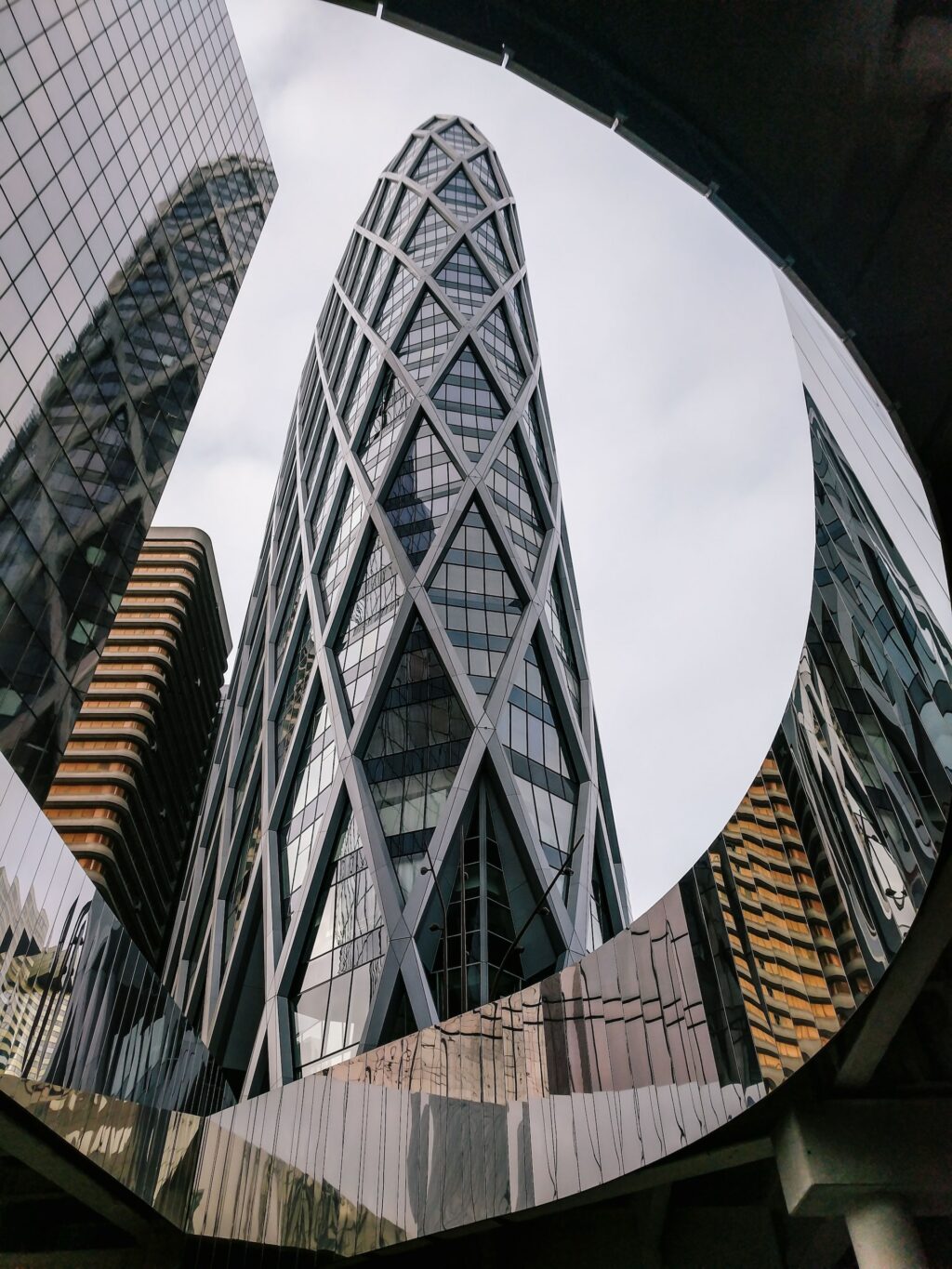
89. 6 Tips To Improve Your Architectural Photography – Architectural photography is a genre that almost every photographer tries at some point, but not many people truly master it. Like portraiture or landscape photography, architectural photography has its own tips and tricks that we should learn and apply. Here are some tips.
90. 8 Reasons Why You Should Try Architecture Photography – Architecture photography has much in common with landscape photography. It’s meant to capture the grand essence of some of humanity’s most ambitious projects, and thanks to the mysterious serenity it can depict, it has invited many photographers to try to develop their style within this fantastic genre. Here are some reasons to try this genre.
91. How Shooting Architecture Without A Wide Angle Can Make Awesome Images – Buildings may be permanent, but the way they interact with the environment they inhabit changes all the time. As photographers, we can capture those subtle changes. There is, however, a misconception amongst newcomers to architectural photography that pretty much all shots are done with a wide-angle lens. Today, we are going to dispel that myth and tell you why shooting without a wide angle can give you amazing architectural photographs.
92. 5 Things To Consider When Photographing Outdoor Architecture – The line between a magnificent photograph and just another snapshot is incredibly thin. While this holds true for every style of photography, you need to be especially aware of it when shooting architecture. Presenting the building in its best form is imperative, but your composition must also please the viewer’s eye. Here are some things to consider.
Street Photography
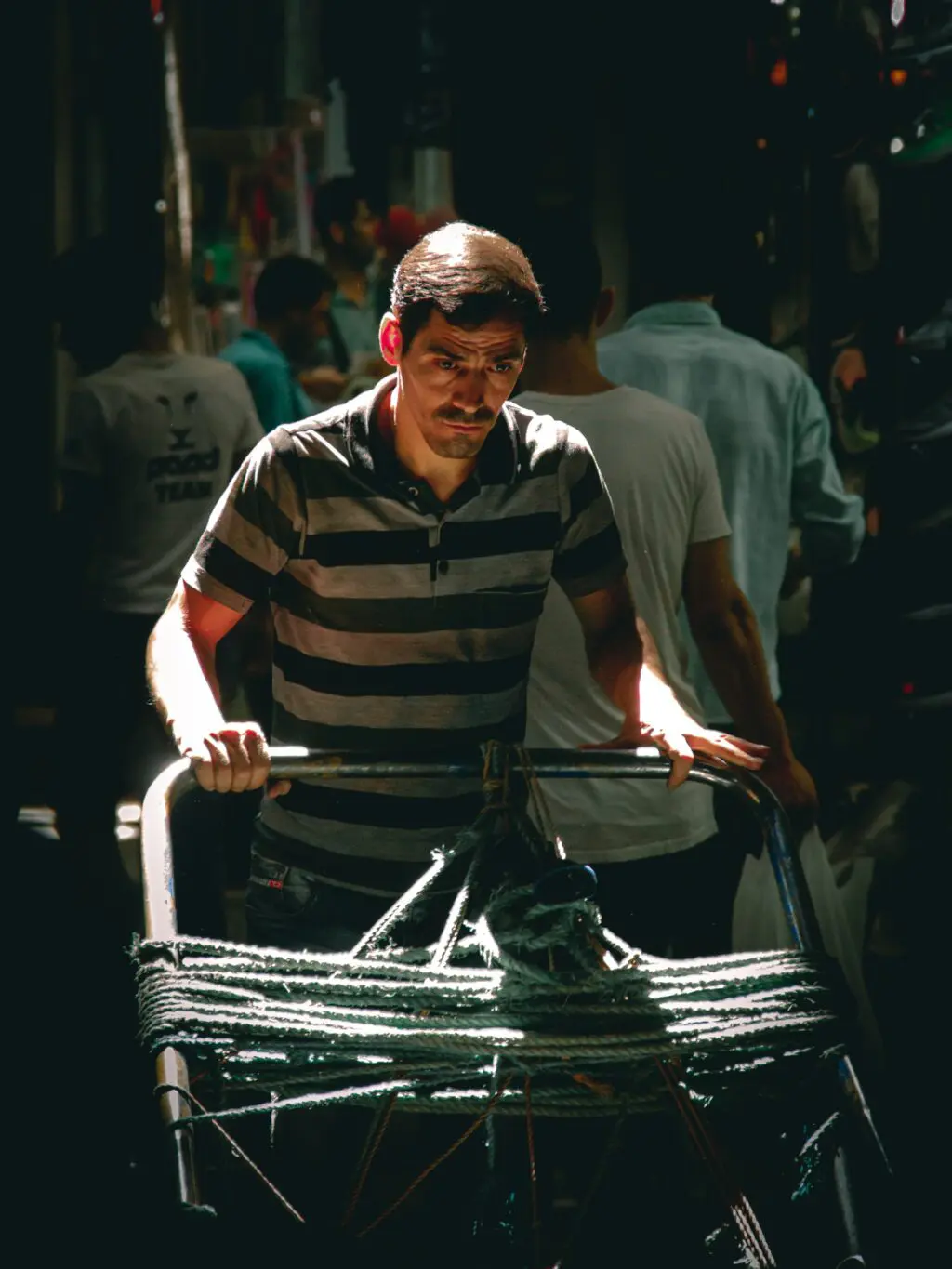
93. Getting Started In Street Photography – Street photography is perhaps one of the most daunting genres to attempt, especially for newcomers. The idea of photographing random people in urban environments can even send shivers down the spine of an accomplished photographer. However, good street photography can be one of this art's most powerful and evocative forms. Here are some tips to get started.
94. These Street Photography Tips Will Help You Master The Craft – Street photography is a photographic genre based on beautiful storytelling. Other genres can't compete with the way Street Photography approaches reality. It delivers candid, spontaneous, and interesting mementos of a brief moment. Here, we are going to discuss some fantastic street photography tips that will help you master the craft.
95. 8 Tips On Street Photography To Help You Capture More Dynamic Images – Street photography is a highly challenging genre but, at the same time, very rewarding. Whether you are capturing the streets using a camera or a smartphone, paying attention to the surroundings and including certain elements can make a boring static image dynamic and compelling. Here are some tips that will help you to capture dynamic street photographs.
96. Life After Dark: Helpful Tips For Street Photography At Night – The night adds a brand new dimension to otherwise “ordinary” street scenes you would encounter during the day. This is true nearly anywhere but applies particularly well to cities. If street photography after dark is something you're intrigued by, then these tips are for you.
Long Exposure Photography
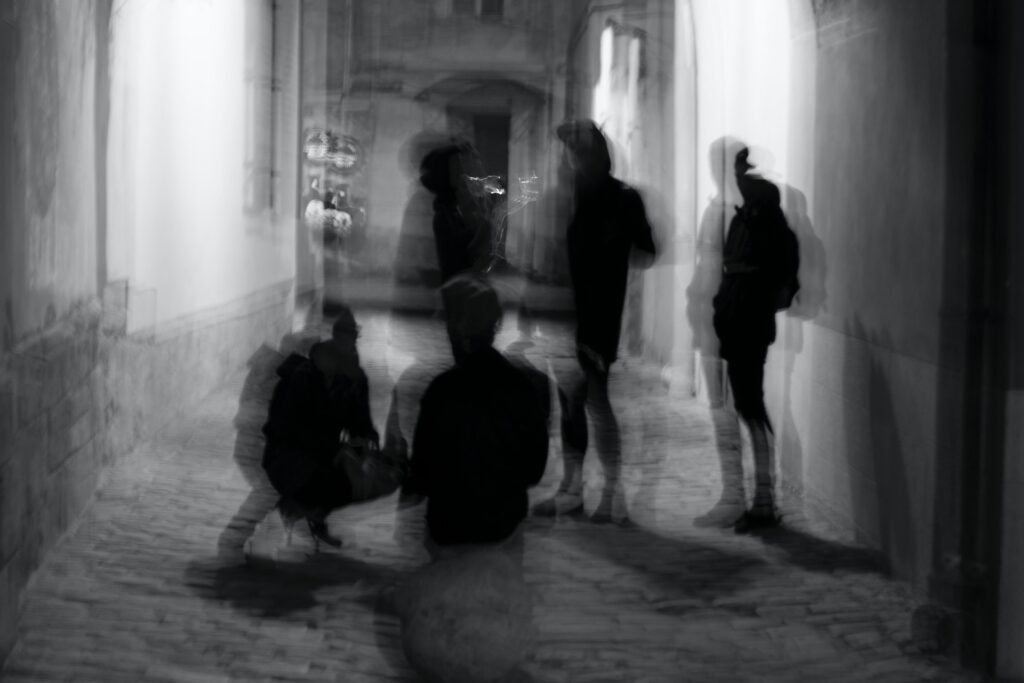
97. Four Simple Tips For Successful Long Exposure Photos – With long exposure photography, you can capture motion more abstractly or turn an otherwise standard night shot into something ethereal. However, there’s a little more to it than just setting an extended shutter time on your camera. Below are four easy-to-follow tips that will help make your long-exposure photos successful.
98. Don’t Make These Mistakes When Shooting Long Exposure – As photographers, many of us aspire to capture the juxtapositions that long exposure affords us. We know the many technical details on achieving these shots, yet are often somewhat disappointed with the results. That’s because there are a number of potential pitfalls that can trip you up. Today, we are going to look at some of them.
99. How To Use A Neutral Density Filter For Daytime Long Exposures – Daylight long exposure photography isn’t any different from what you’d do at night, but it does require one additional accessory that you may not have in your camera bag – a neutral density filter. Here are a few basic tips for long-exposure photography in general.
100. 4 Common Long Exposure Photography Mistakes And How To Avoid Them – Long exposure photography is fun but also challenging. There are plenty of potential mistakes to be made, and, as with most things, the best way to recognize and learn from mistakes is by doing. Keep reading to learn about 4 common long-exposure photography mistakes and how to avoid them.
101. 6 Quick Tips That Will Have You Capturing Dreamy Long Exposure Photos – Have you ever noticed how silky and dreamy water and clouds look in certain photographs? If yes, we bet you are curious about how those stunning looks are achieved. Here are some tips.
Macro Photography
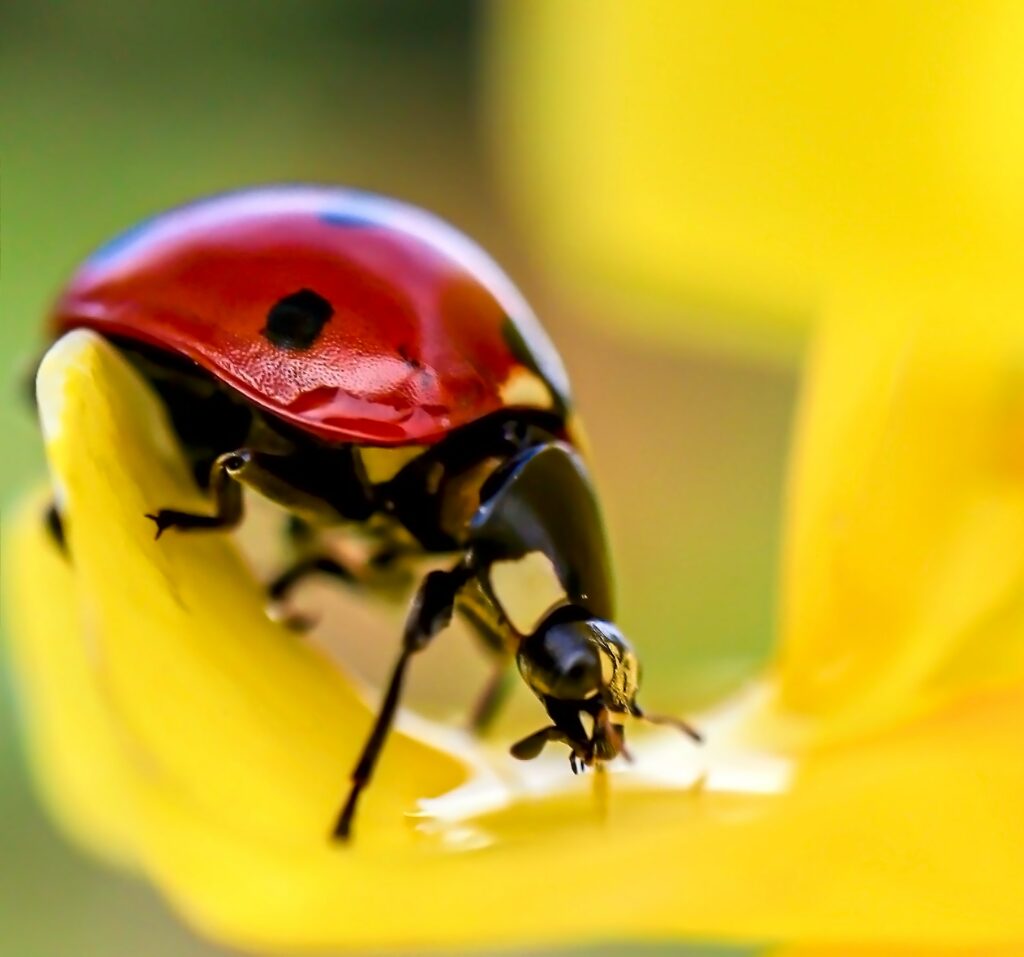
102. How To Achieve Perfect Focus In Macro Photography – There is a problem with macro, though, and it can put off newcomers and experienced photographers alike. That problem is focusing. Let’s look at why.
103. The Technical Side Of Macro Photography – It might sound cliched, but macro photography does give you access to a whole new world of photographic possibilities. To a newcomer, though, the technical aspects of this hidden world can seem a little daunting. Today, we are going to shine a light on the equipment and techniques you need to get started in macro.
104. How To Make Use Of Different Lighting Options In Macro Photography – Lighting is as vital to successful macro photography as it is to portraiture. It doesn’t matter if you’re using natural light, a ring flash, or a pop-up flash; you need light. Read further, and you will learn that lighting for macro is as accessible as macro photography.
105. 4 Macro Photography Tips To Inspire The Contortionist In You – Macro photography is also referred to as ‘extreme close-up photography’ and personalizes images by introducing an awareness to details that may go unnoticed in real life or on a typical photograph. Beautiful macro photography begins with the artist’s own imagination in how they see their subject, but there’s also the technical side to it, which is necessary to capture and bring the image to life. Here are some tips.
106. 6 Tips For Successful Macro Photography – Typically, subjects of macro photography are very small, such as insects or flowers; larger objects may also prove useful as macro photography subjects if, for instance, you want to focus on some very specific, smaller detail of the large object in question. Macro photography can be incredibly fun and rewarding, but it can also be a challenge. Here are some tips to be successful.
Wildlife Photography
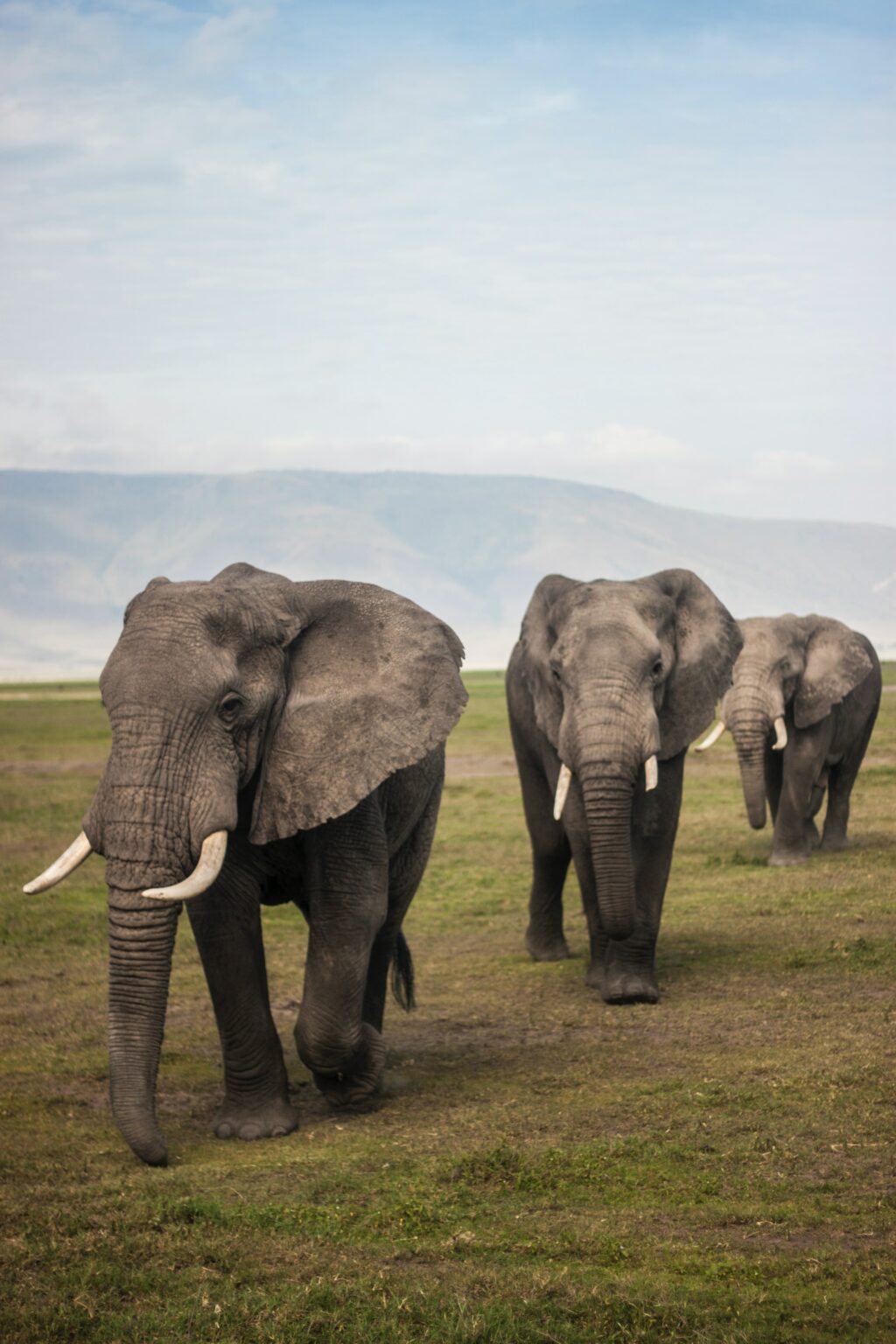
107. These Quick Beginner Tips Will Help You Capture Stunning Wildlife Photographs – Wildlife photography is one of the most rewarding and, at the same time, a bit challenging genres of photography. A lot goes into capturing the best wildlife photographs, and it comes with constant research, learning about wild animals, and practicing capturing their photographs in the wild. If you are getting started with wildlife photography, these quick beginner tips will help you capture some stunning photographs.
108. 4 Wildlife Photography Tips To Add A Wow Factor To Your Wildlife Shots – When photographing wildlife, we typically have a few seconds to ‘get the shot’ of that bird, bear, deer, common or rare animal. Our beautiful subjects rarely move to the perfect pose or setting and hold the position while we snap away. We have to think quickly on our feet. But what makes a great wildlife shot, and who determines whether it is great? Read to find more.
109. How To Get Great Birds In Flight Photos – Photographing birds with the wind beneath their wings is a goal and challenge for many bird photographers. Here’s how to get great birds-in-flight photos.
Flash In Photography
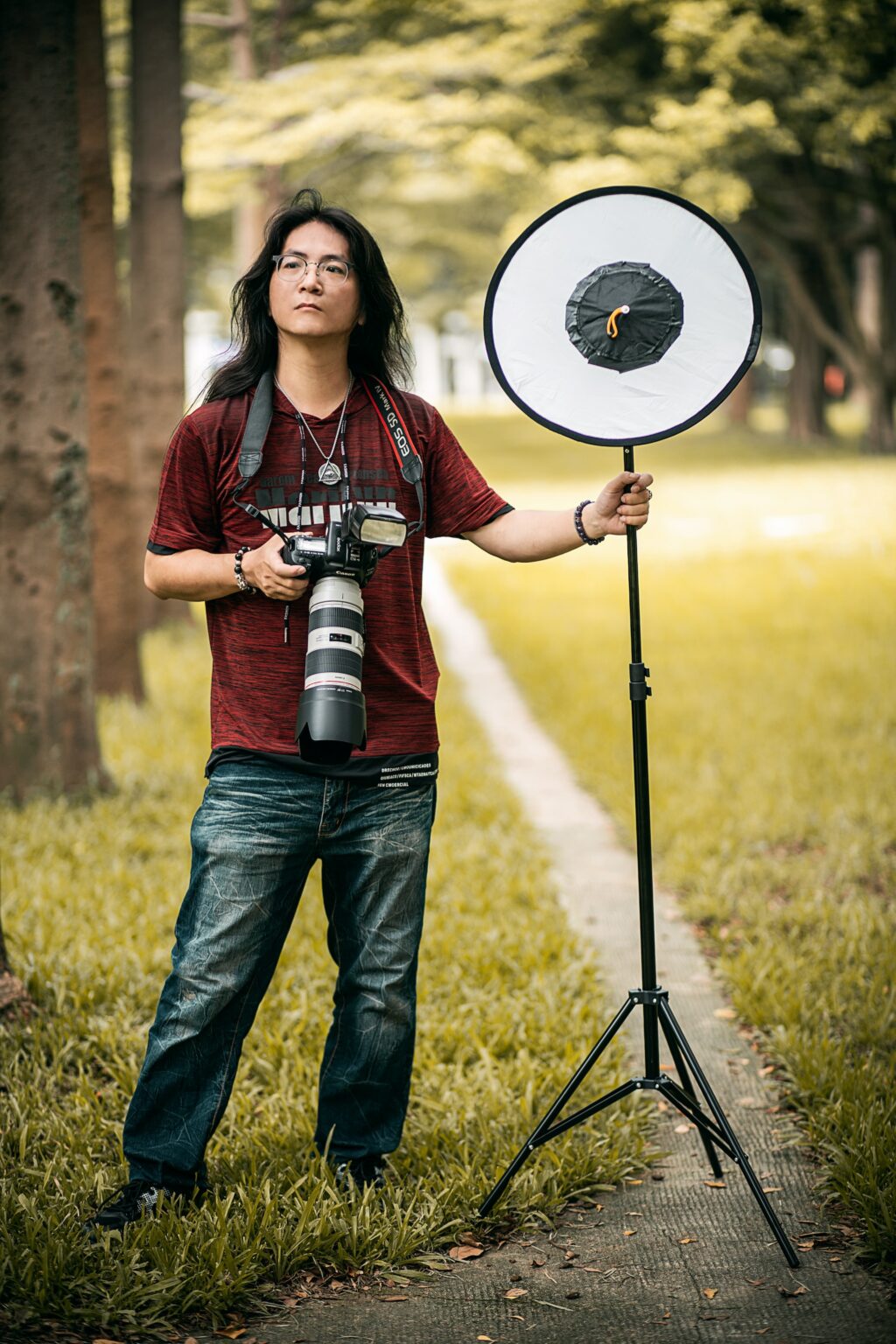
110. 7 Useful Ideas To Get Better Photographs With An On-Camera Flash – Do you ever need an artificial light source when photographing? You don’t have to look any further, as you probably already have a useful tool – the much-maligned on-camera flash. Some people may think they don’t like the look in the photographs where they use a flash, but there are times when you can use the flash to create some great images. Here are some ways to do just that.
111. A Quick Guide To Fill In Flash – Great Tips To Help You Out – Camera flash can be an immensely useful tool. It can also be an immensely frustrating tool. The tiny light that adorns the top of your camera is capable of some hideous results if not used carefully and with some thought. You could experience one of the following without fill-in flash: red eyes, harsh shadows, bright, unflattering, and cold light. One of the best uses of camera flash is fill-in flash, and today we will give you a short guide to it – what it is and how to use it.
Basic Post Processing
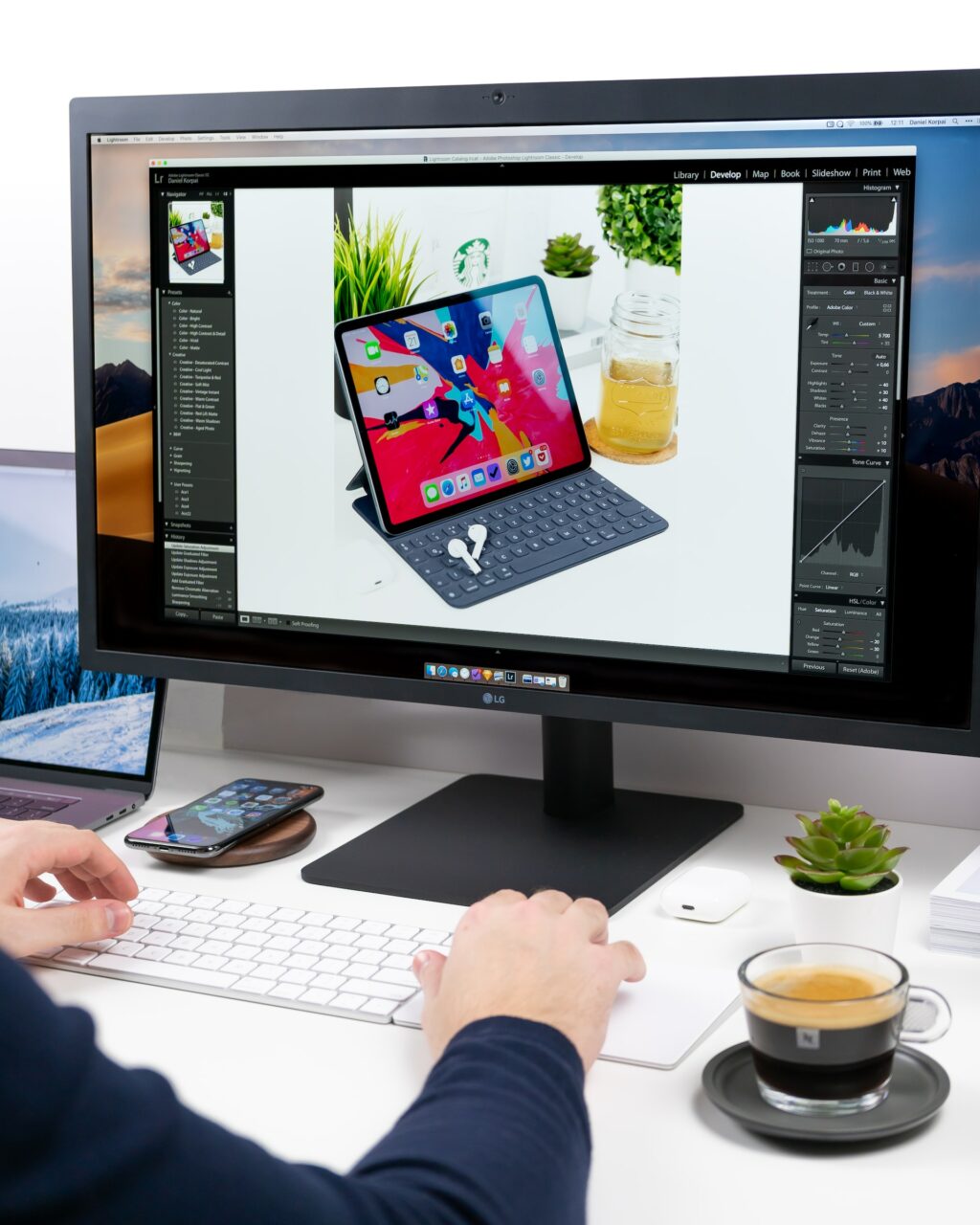
112. 5 Reasons Why You Should Post-Process Your Photographs – Creating an image doesn’t have to end after you press the shutter button to take a photograph. That’s only the first half of the photography process for many photographers. The second part consists of post-processing the photos and reading to find out why this is necessary.
113. 4 Important Post-Processing Steps That Are Often Overlooked – While post-processing workflows vary from one photographer to another based on their requirements and preferences, some steps are generally deemed essential to get the best results. Here are some essential steps that often get overlooked in a post-processing workflow.
114. 7 Essential Post-Production Tips for Striking Landscape Photography – Now that you’ve captured some beautiful landscapes (hopefully in RAW format for optimal versatility in editing), it’s time to bring them into your post-production software and make some improvements. Confused about where to start? Below is a detailed, but certainly not exclusive, list of popular editing techniques for landscape photography.
115. Bite Size Tips: How To Build Your Own Workflow For Post Production – Any work that we process, in general, is completed following a particular workflow in order to achieve efficiency. A workflow is a sequence of processes through which a piece of work passes from initiation to completion. Once you have created an effective workflow that works best for you, stick with it, as it will ensure that you handle your images the same way every time and not miss out on any post-processing steps.
116. Five Steps To Successfully Editing Your Own Photography – Self-editing is a daunting task primarily because everyone is emotionally connected to their own work, but the reality is that there’s a big difference between your favorite photos and your best photos. Learning to curate your own work is a major challenge, but it is possible, and it’s a skill worth acquiring. These 5 tips will help you successfully edit your own photos.
117. 9 Tips For Black And White Street Photography Post Production – Black and white street photography is done in post-production. We can use the many tools of Adobe Lightroom to illustrate how it’s done so that you have developed a creative workflow ready and waiting every time you’re back from shooting the streets!
118. Ten Time Saving Tips For Photo Post-Production – With seemingly endless ways to handle images in post, photographers now have seat time with a computer in front of them, which can be as long or longer than a photo shoot itself! This doesn't have to be the case, though; this article will lay out some time-saving tips for your post-production.
119. A Photoshop Workflow That Can Save You Time – Any work we process is completed following a particular methodology to achieve perfection. You follow a workflow from start to finish, completing various steps in between. This article will look at the Photoshop workflow for efficient post-processing.
120. Lightroom’s Amazing Masking Tools And How To Use Them – Lightroom used to be the image management part of Adobe’s photography apps. Photoshop was very much the editing app. Times have changed, and about 90% of what most photographers need in an app is now achievable in Lightroom Classic. Read to learn about Lightroom's masking tools.
We hope these links will help you to kickstart your photography journey and explore the various interesting genres. With practice and some creative input, you will be able to make photographs that will keep your viewers engaged.

